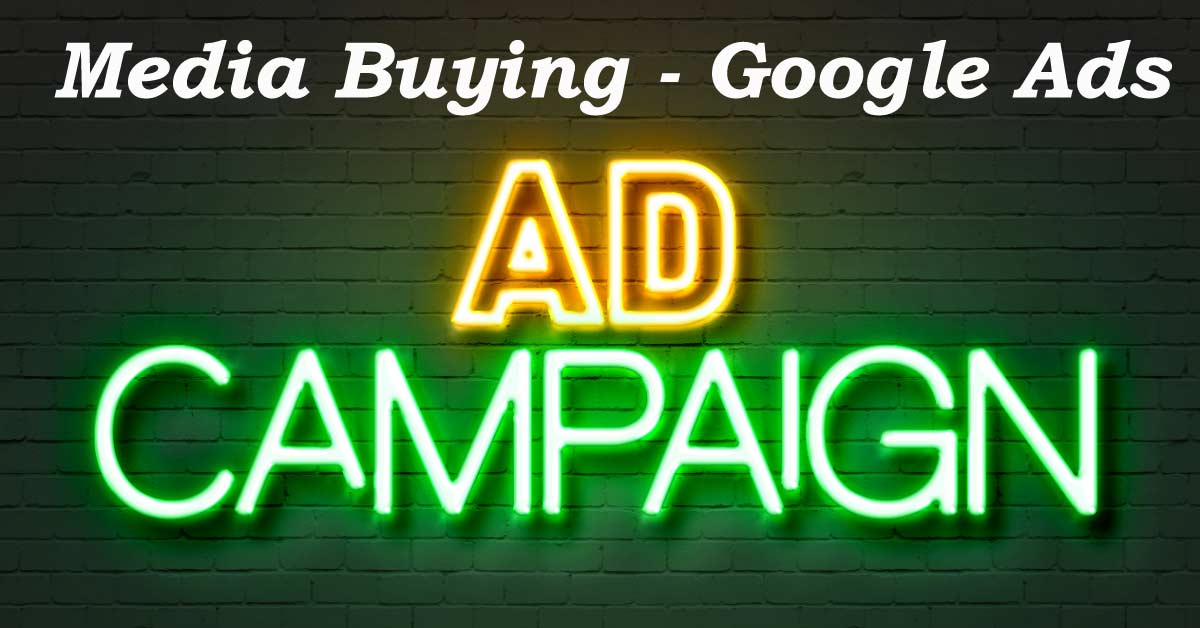Media Buying – Google Ads
Media buying can seem complicated at first glance, but it simply refers to the process of purchasing advertising space to promote your business, products or services. Google Ads is one of the main media buying platforms, allowing you to display ads across Google’s vast network of websites, YouTube videos, mobile apps and more. As the world’s largest digital advertising company, Google Ads provides unparalleled reach and advanced targeting options.
How Google Ads Media Buying Works
The Google Ads platform is based on an auction system for keywords. You bid on keywords relevant to your business – for example, a clothing boutique may bid on keywords like “womens fashion” or “summer dresses.” When someone searches on Google using one of your keywords, your ad may show next to the search results. Each click on your ad then takes the user to your website or landing page.
You only pay when someone actually clicks your ad – this is known as pay-per-click or PPC. The amount you pay per click depends on the level of competition and relevance for that keyword. More specific and high-commercial intent keywords tend to have a higher cost-per-click.
Key Benefits of Google Ads Media Buying
Google Ads and media buying in general have many advantages as part of an overall digital marketing strategy:
Precise Targeting Options
Google offers advanced targeting methods beyond just keywords, including:
- Location – target customers in specific cities, regions or countries
- Device – show ads on desktop, mobile or tablet
- Audiences – target specific demographics, interests & behaviors
- Remarketing – target visitors of your website or store
- Contextual – place ads on pages relevant to your products
This level of precision increases relevance for users and return on investment for advertisers.
Measurable Results & Optimization
The results from Google Ads campaigns are highly measurable and trackable. You can view real-time stats on impressions, clicks and conversions within your account dashboard. This allows for ongoing optimization of media buying towards top performing keywords, ads and landing pages.
Flexible Budgets & Control
Google Ads campaigns can be fine-tuned over time based on performance and budgets. You choose a daily budget, then raise or lower this budget as needed to match your business goals. There is also a maximum cost-per-click bid, so you don’t spend over a certain amount per click. This gives you flexibility and control over media buying expenses.

Media Buying Process for Google Ads
The typical workflow for setting up and managing Google Ads media buying includes:
Keyword Research
Identifying the main words and phrases customers would use to find your products or services. Keyword research tools like Google’s Keyword Planner help gauge search volume and competition for keywords you are considering bidding on.
Creating Campaigns & Ad Groups
Ad groups are smaller subsets within broader campaigns focused on specific products or service offerings. Dividing your account this way allows for more targeted ads and landing pages.
Setting Up Conversions Tracking
To maximize return on ad spend, it’s crucial to track conversions – whether phone calls, form submissions, purchases or other desired actions. Google provides conversion tracking tools for this.
Writing Quality Text Ads
The headline, descriptions and display URL all impact ad click-through rate. Ads should be closely aligned with both keywords and landing page content.
Designing Effective Landing Pages
The landing page experience greatly influences conversions. Pages should load quickly, clearly present what was advertised, and guide the visitor towards converting.
Bidding & Setting Budgets
Your maximum bids and total budget determine impression volume and positioning. Most accounts start with manual bidding, later transitioning to automated bidding strategies.
Monitoring & Optimizing Performance
There are always opportunities to improve results by analyzing the search terms, ads and landing pages driving conversions, then optimizing further.
Conclusion – Leverage Google Ads Media Buying
With advantages like precise targeting options, measurable results and flexible budgets, Google Ads is an effective way to reach customers actively searching for your products or services online. Following the typical media buying workflow – including keyword research, conversion tracking, quality ad writing and continually optimizing – will maximize your return on ad spend over time. Work with a Google Ads specialist agency if needing extra strategic and technical expertise.
This blog is a part of a series on “Digital Media Buying”. To read from the beginning, you can click here.

